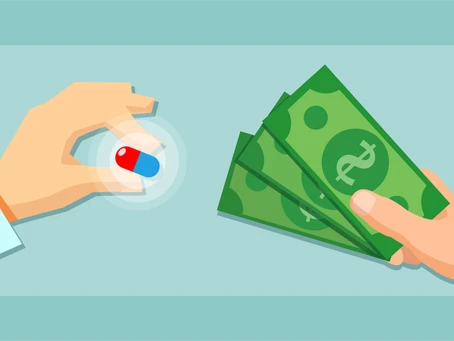Americans spent $328 billion on prescription drugs in 2020, eight percent of total healthcare spend. The rising cost of medications is motivating employers, especially those who are self-funded, to invest in pharmacy savings programs.
A popular type of pharmacy savings program includes drug substitution. Switching from expensive brand drugs to less costly generic drugs commonly occurs at the pharmacy counter and can cut medication spend by 20% – 80%. Drug substitutions at the plan-level expands on this practice by identifying less-expensive therapeutic alternatives to high-cost drugs. These alternatives are in the same therapeutic class as the original medication and provide the same clinical results at lower cost to the patient and the plan. While drug substitutions have clear financial advantages, plan sponsors should vet third-party vendors to ensure they provide savings validation and support participant engagement.
Drug-by-drug, fill-by-fill validation
Savings validation on a drug level should include a detailed analysis of total spend, available savings, average savings per claim, and plan vs. participant breakdown at the drug and fill level.
PMPM validation
Validation includes a detailed breakdown of program costs and actual program savings at the member level per month.
Annual validation
Annual validation includes monthly savings amounts, cost vs. savings analysis, and complete plan spend and savings across all drug categories.
By validating spend and savings at the drug, participant, and spend levels, employers ensure that their pharmacy savings program effectively provides savings. Validation should be readily available and measurable, so plan sponsors get real-time savings information that accounts for new generic releases, exclusion list changes, AWP, rebate, and contract price changes, and formulary changes.
Participant engagement
Encouraging patients to switch from higher-cost drugs to lower-cost alternatives comes with multiple barriers to acceptance including therapeutic efficacy, switchback rates, and generic manufacturing procedures. However, research shows that participant engagement can help alleviate these concerns.
An efficient pharmacy savings program includes proactive participant, physician, and pharmacy outreach. This outreach should support both participants and the plan in switching to cost-effective drugs but should prioritize physician education. Ultimately drug prices are determined by the written script. With accessible pricing information, doctors can develop a treatment plan that meets a patient’s physical and financial needs.
Pharmacy savings programs undoubtedly contain pharmacy costs for employers and participants. However, without measurable, long-term program validation and participant engagement, employers may be spending more than they are saving while overusing resources to encourage participant participation. When considering a savings program, employers should partner with vendors that provide drug-, member-, and spend-level reporting paired with participant engagement to ensure visibility into where their pharmacy dollars are going.
—
Prescription Care Management (PCM) provides the original pharmacy savings program. For over a decade, PCM has been switching participants from high-cost to low-cost drugs through visibility, insights, and tools that support plan goals. For more on the PCM Pharmacy Savings program, click here.
Published: March 24, 2022

